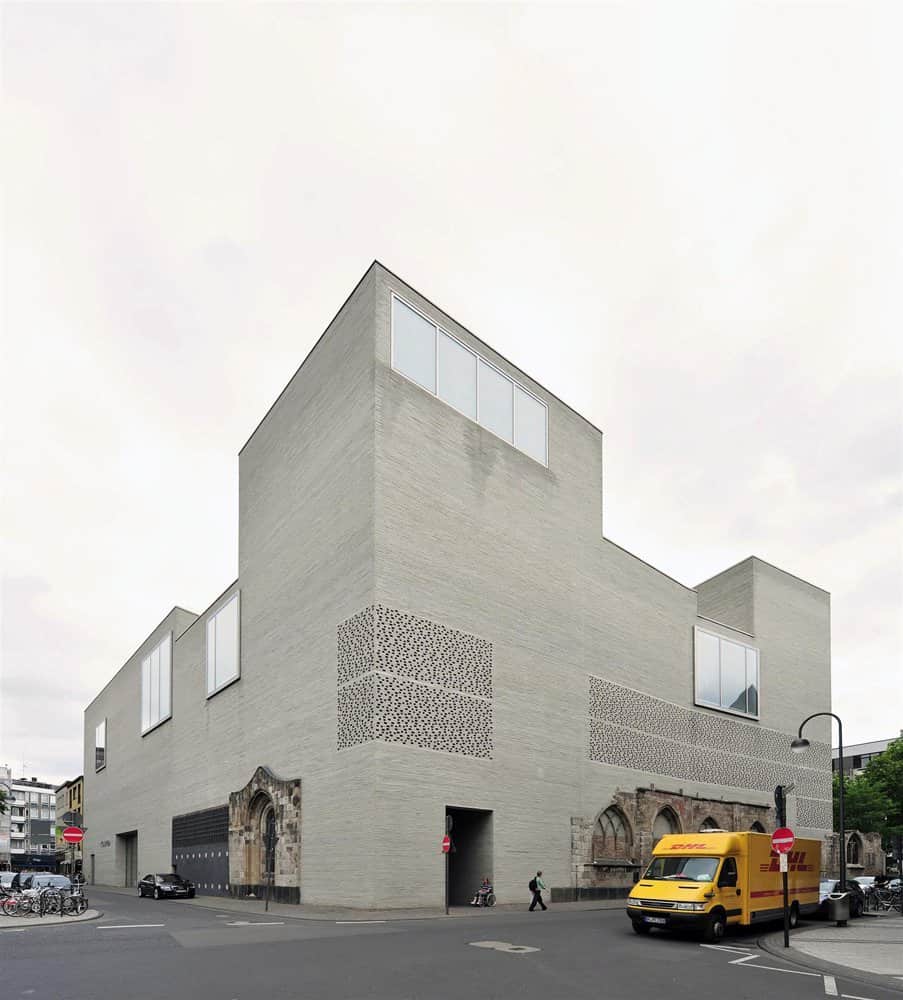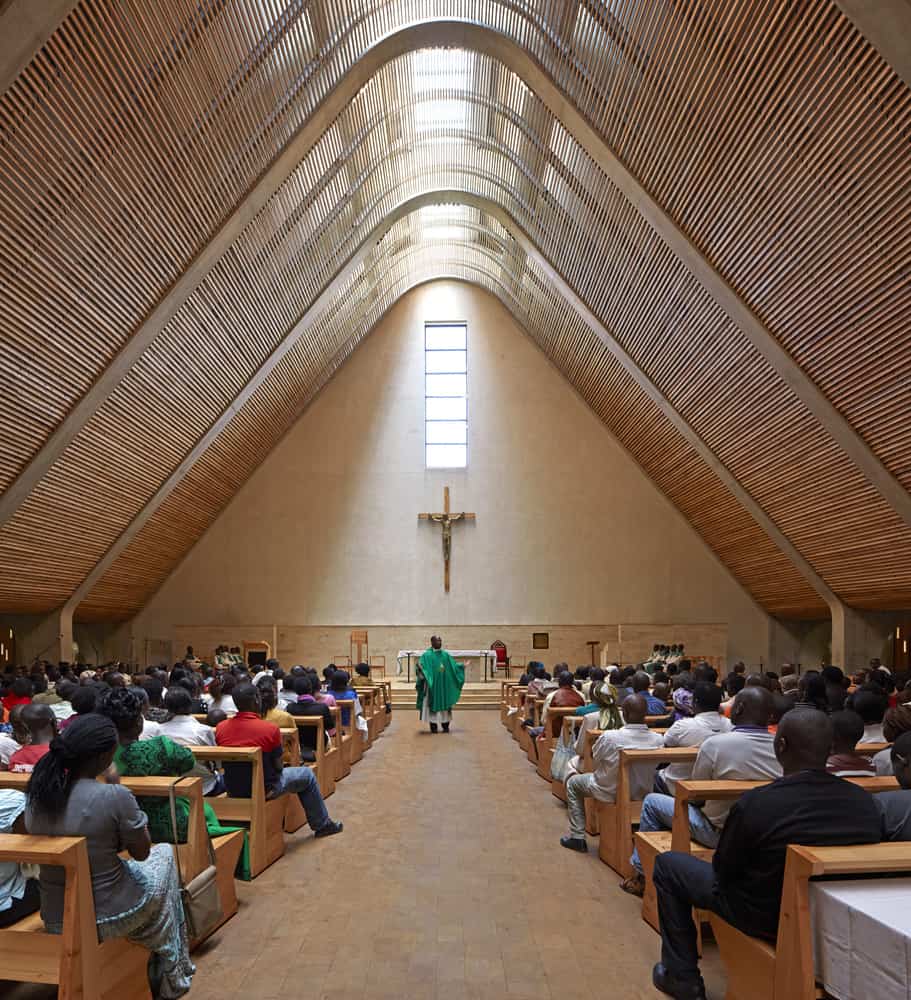Sir David Brewster created the intriguing device known as the kaleidoscope in 1817. Combining several ancient Greek words, the word "kaleidoscope" came to mean the study of attractive shapes and forms. Theatre Agora was established to provide the Dutch people the same effect as the Kaleidoscope, which uses a variety of mirrors to generate stunning shapes and patterns.
This cultural facility, which is located in Lelystad at a short distance from the train station, was created as part of the town's master plan. Adrian Geuze, the architect for West 8, sought to revitalize the fairly drab and muted town center in the new master plan. West 8 believed that Unstudio's design was far more suited to the objectives of the town and its officials when choosing submissions for the design of this theater.
The leading architect at Unstudio, Ben van Berkel, emphasizes that buildings have to communicate with people. The Theater Agora is intended to be a spot where people move in and out in large numbers while taking in the excitement that the bold colors and strong shapes that dominate the external and interior façades create. In addition to being a performance venue, the architects envisioned it as a structure that arouses all emotions. It is a work of architecture that pushes the boundaries of theatrical architecture in all respects, including diversity, scale, and metamorphosis. The way the structure feels as you walk around and within demonstrates that, from an architectural standpoint, everything in the building can be interacted with to create an endless live performance, even after the theater performances have ended.
According to the architect:
In the Agora theatre drama and performance are not restricted to the stage and to the evening, but are extended to the urban experience and to daytime.
The two theaters had to be as far apart as possible for acoustic reasons, which is why the building's segmented outlines were necessary. As a result, a larger theater with 753 seats and a smaller theater with 207 seats are both available. The larger theater, which has a horseshoe-shaped balcony in the auditorium and an orchestra hole that can accommodate 60 musicians, is completely furnished with tufted nylon to enhance acoustics. A stage tower, many interconnected foyers, dressing rooms, multipurpose spaces, a café, and a restaurant are all components of the complex.
With the majority of the planes extending beyond the building's main body, the façades display sharp angles. To generate contrast on the outside, these façades are clad in steel plates and have glass painted in orange and yellow hues. But within the building, the color and contrast are only more striking.
The positive side of pushing your creativity to the limit is that sometimes ideas strike you, and you create a small but meaningful invention of your own. So it happened for Unstudio. Inside Theatre Agora is a unique handrail designed by the architects. It cascades down the main staircase as a snaking pink ribbon winding itself all around the void at the center of the open foyer space on the first floor. It then extends up the wall and towards the roof. Even so, it continuously changes color from violet to crimson, cherry pink, then back to white.
The interior of the main theater is red, which supports architect Ben van Berkel's theory that color may be used in architecture to evoke strong feelings and thoughts in people, encouraging them to stay longer in the structures created for them or, if they do leave, to come back. Concave/convex acoustic paneling in a variety of shapes and colors was used to line the inside walls of the vast theater in order to improve the acoustics and add visual interest.
Lelystad is by no means a large town, and the main theater's over 700 square meter interior makes it clear that the 70,000-person town plans to host events and performers from around the world.
Lights that are integrated into the façade and shine at night were developed by Arup of Amsterdam. Triangular skylights let in natural light through the foyer of the building during the day. As you move through the room at any moment, the themes of transition are created by the combination of artificial and natural lighting.
Theatre Agora, a creative innovation that draws people to this municipality, is part of the ongoing post-war advancement of this Dutch town. The exterior's strong angles, faceted contours, and protruding planes, along with the interior's pomp and color, demonstrate the Kaleidoscope's invention. Thanks to Sir David Brewster's creation, we may now enjoy architecture's interpretation of exquisite shapes and patterns both inside and outside of the Theatre Agora.
People in Lelystad are still in awe of this sculpture on their land, and they are wondering if they would rather view it in person at the Theatre Agora or through a kaleidoscope to see how colors, forms, and patterns are made.
Project information
Architects:
Unstudio
Lead Architects:
Ben van Berkel, Gerard Loozekoot
Executive Architects: B+M, Den Haag
Client: Municipality of Lelystad
Location:
Lelystad, Netherlands
Area: 7,000 sq.m.
Completed: 2007
Photography: Wojtek Gurak (Exterior), Iwan Baan (Interior), Unstudio (Drawings)











